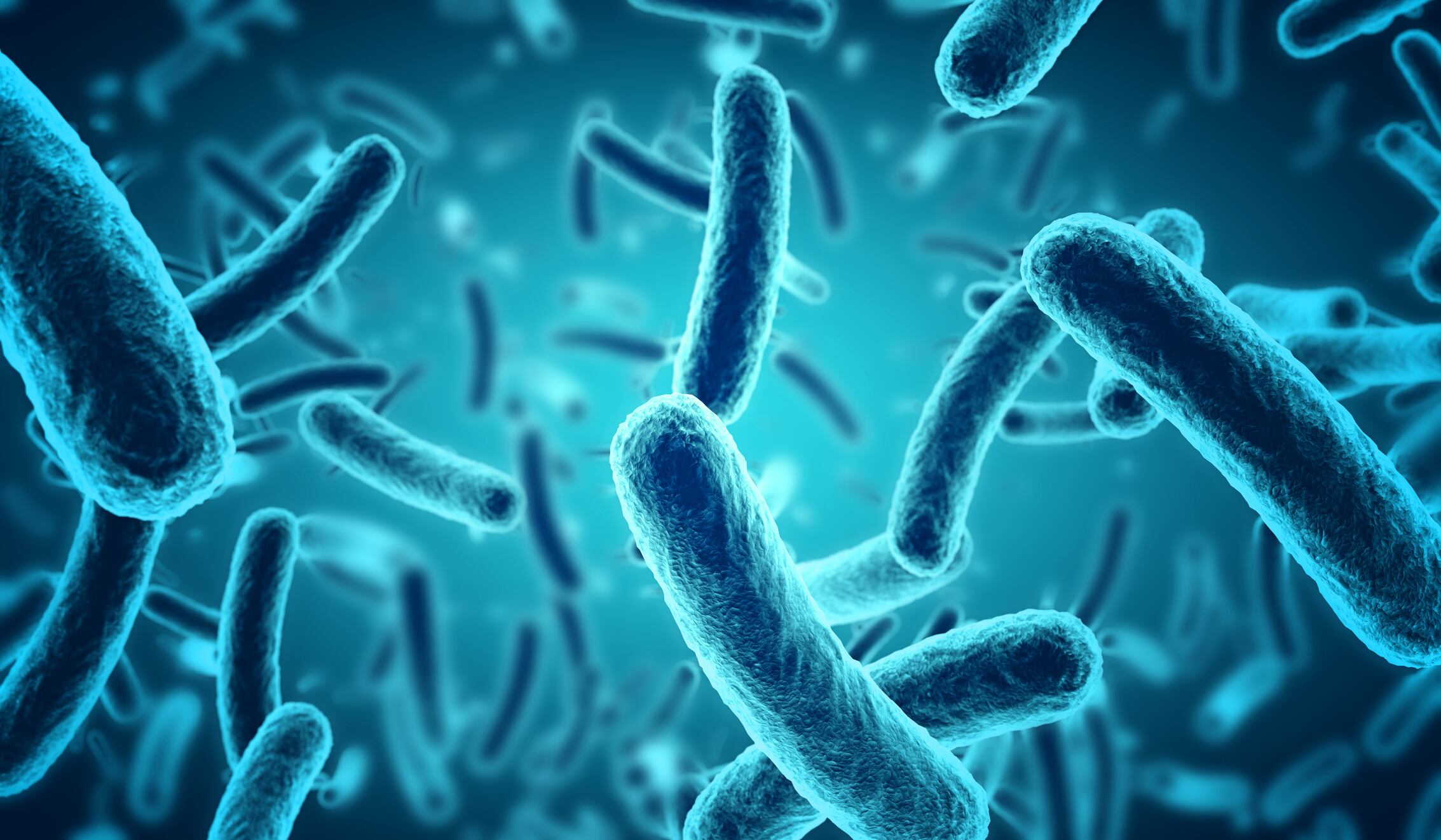Writing in Contemporary Engineering Sciences, researchers from the University of Cartagena in Colombia investigated the impact of microencapsulated probiotics Lactobacillus bulgaricus in aloe vera ice cream. The aloe vera plant from the Liliaceae family, they said, was typically used in gel form by a number of industries, including food for its antioxidant and functional properties.
The analysis looked at microbiological stability and sensorial acceptance, comparing probiotics added before and after the ripening step. This 'maturation' or ripening step in ice cream production was typically conducted at temperatures of about 4°C for 24 hours and came after mixing, pasteurization and homogenization, just ahead of freezing.
Probiotic proliferation
Findings showed that adding the microencapsulated probiotics ahead of ripening ensured better viability, improved shelf life and higher acceptability in terms of color, taste, flavor and texture.
The researchers said it was likely these probiotics had “high survivor capacity” because of time to adapt to the food matrix.
“The microencapsulation technique used in the ice creams had a significant effect on the viability of the microorganism within the dairy product, evidencing a slight growth of the L. bulgaricus for ice cream inoculated with probiotic microencapsulated before ripening,” the researchers wrote.

Probiotics added ahead of ripening showed growth between days 10 and 20. When added after ripening, growth peaked after 15 days and after 20 days dropped too low to make a functional health claim.
The researchers said proliferation of probiotic bacteria in the ice cream when added ahead of ripening was likely promoted because of a neutral pH of 7.1 and acidity of 0.2% lactic acid.
Boosting shelf life by 44%
Shelf life was also higher at 26 days when probiotics were added ahead of ripening, versus 18 days in ice cream without any probiotics.
“The addition of probiotics promoted an increase in the shelf life of ice cream by 44%. The results found can bring both economic and public health benefits to the ice cream industries,” the researchers wrote.
Source: Contemporary Engineering Sciences
Published online ahead of print, doi: 10.12988/ces.2018.83132
Title: “Shelf Life of Ice Cream: Effect of Microencapsulated Lactobacillus bulgaricus”
Authors: RE. González-Cuello, JM. Díaz, RG. de Oro, L. Zapateiro and R. Ortega-Toro
